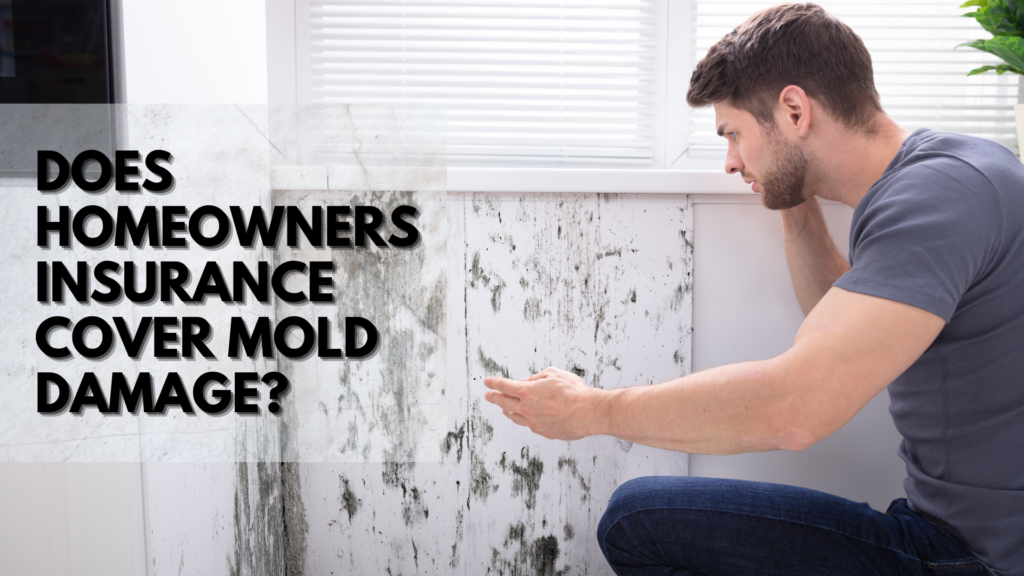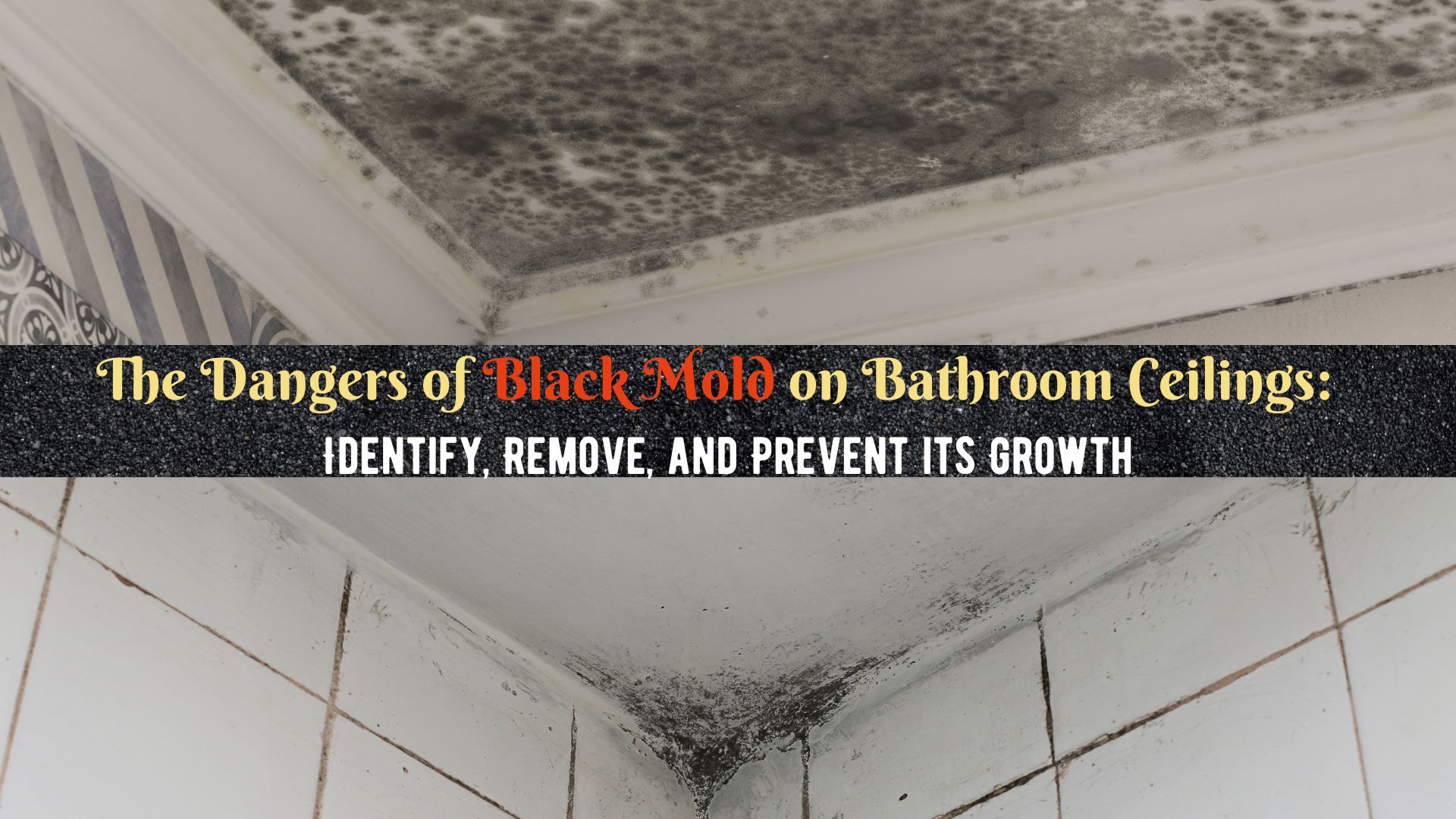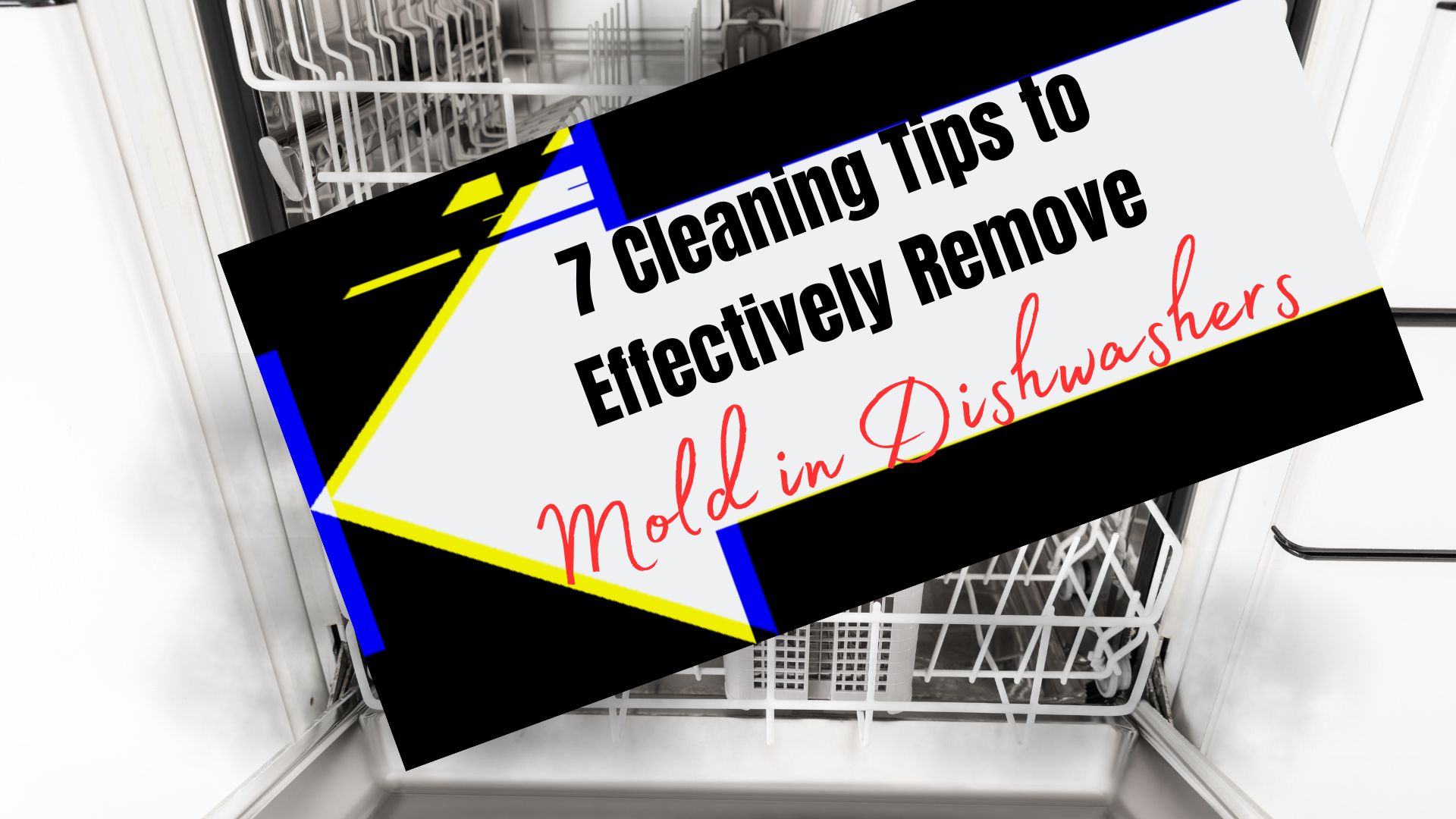Homeowners Insurance
Does homeowners insurance cover mold damage? – an important question that needs a clear answer.
Outside, mold is an essential organism that plays an important role in nature; it breaks down dead leaves, plants, and trees. But, when mold appears in homes, it becomes a stressful situation for homeowners. Mold can do a lot of damage not only to the structure of a home but also to the owners. Aside from the fact that it is harmful to human health, mold remediation can also be very expensive.
Fortunately, many homeowners have availed of homeowner’s insurance policies that can assist them financially during emergencies or when a disaster strikes their homes. In this way, homeowners can recover faster and more efficiently. However, standard homeowner’s insurance policies don’t cover all kinds of damages like floods, earthquakes, and perils including mold growth. In most cases, mold damage is only covered by standard homeowners’ insurance policies if the occurrence of mold is a result of the covered peril.
Does Homeowners Insurance Cover Mold Damage?
According to some property claim specialists, basic home insurance policies exclude damage caused by fungi, bacteria, and mold. However, this doesn’t mean that a mold claim will be automatically denied. Mold coverage varies from policy to policy and depends on the source of the damage.
- Other insurance policies have limitations on mold coverage, but some insurance policies contain exclusions and will not cover mold damage regardless of the cause of the damage.
- Oftentimes, mold damage will be covered if it happens due to a sudden and accidental covered peril such as a bursting pipe. It is because the reason for the mold claim is due to the burst pipe, not the mold itself. Another example is when a tree falls and breaks your roof during a rainstorm. The damage will be covered so does mold damage.
- On the other hand, standard insurance policies don’t cover water damage due to neglected home maintenance; continuous high level of humidity, repeated leaks, condensation, landscaping and drainage problems, and others. Thus, mold damage from these causes is not covered. The same goes for flooding. Mold growth due to flooding is not covered. For that, it would be smart to invest in flood insurance.
Coverage Limitations
Due to the increase in the number of mold claims in the early 2000s, insurance companies put limitations on mold coverage. Simply means, that even if mold damage is included in your policy the cap coverage is limited. The amount varies depending on several factors, but a typical homeowner’s insurance policy covers between $1,000 to $10,000 in mold remediation and repair. If your policy includes additional endorsements, your insurer may offer you a higher amount of coverage.
For you to be sure if your policy covers mold damage and to know its limitations, you have to read your policy carefully. You need to make sure that you understand all the details of your coverage. If mold damage is not included in your policy, you may consider purchasing extra coverage. This can save you from spending a lot of money on mold remediation and repair and having a lot of headaches.
Purchasing Extra Mold Coverage
To maximize your coverage, you may purchase a mold rider as an add-on to your current insurance policy. The premiums will vary depending on the location where you live and the value of your home. Premiums are higher in humid areas. On the other hand, newer homes are less costly to insure because they are built with modern materials that are less susceptible to water intrusion and mold growth. You may expect to pay $1000 to $1,500 annually for a rider on your existing policy.
Some insurance carriers find it risky to tap on mold coverage. But, some specialized companies offer stand-alone mold policies. However, this kind of policy is more expensive than a standard homeowner’s policy. The premiums may range from &5,000 to &25,000.
How To Prevent Mold Growth in Your Home
There is nothing greater than preventing something to happen. Investing in a special policy for mold damage is indeed smart, but taking preventative steps is even smarter. It keeps you from dealing with a lot of stress and harm. Here are some of the ways you can take to keep mold at bay in the first place.
- Keep the humidity level in your home at around 30-50%.
- Make sure that all areas of your home are properly ventilated.
- Use paints and primers that have mold inhibitors.
- Use cleaners that contain mold-killing ingredients like bleach.
- Check hoses and fittings on sinks, toilets, and appliances.
- Take immediate action for any source of water leaks or condensation.
- Check roof leaks and keep gutters clean and free from any debris.
- Keep carpets away from wet areas like the bathroom or kitchen. Moreover, remove and dry carpet and padding after any event of water damage.
There are still a lot of things you can do to prevent mold growth in your home.
Review Your Insurance Policy
To be sure if your insurance policy covers mold damage, take some time to review it. Don’t wait for the problem to arise before you do it. If your insurance doesn’t cover mold damage in their policy, research some options and smartly invest in the best possible solutions. You may ask Superior Restoration, the water damage, and mold remediation Corona for recommendations.





